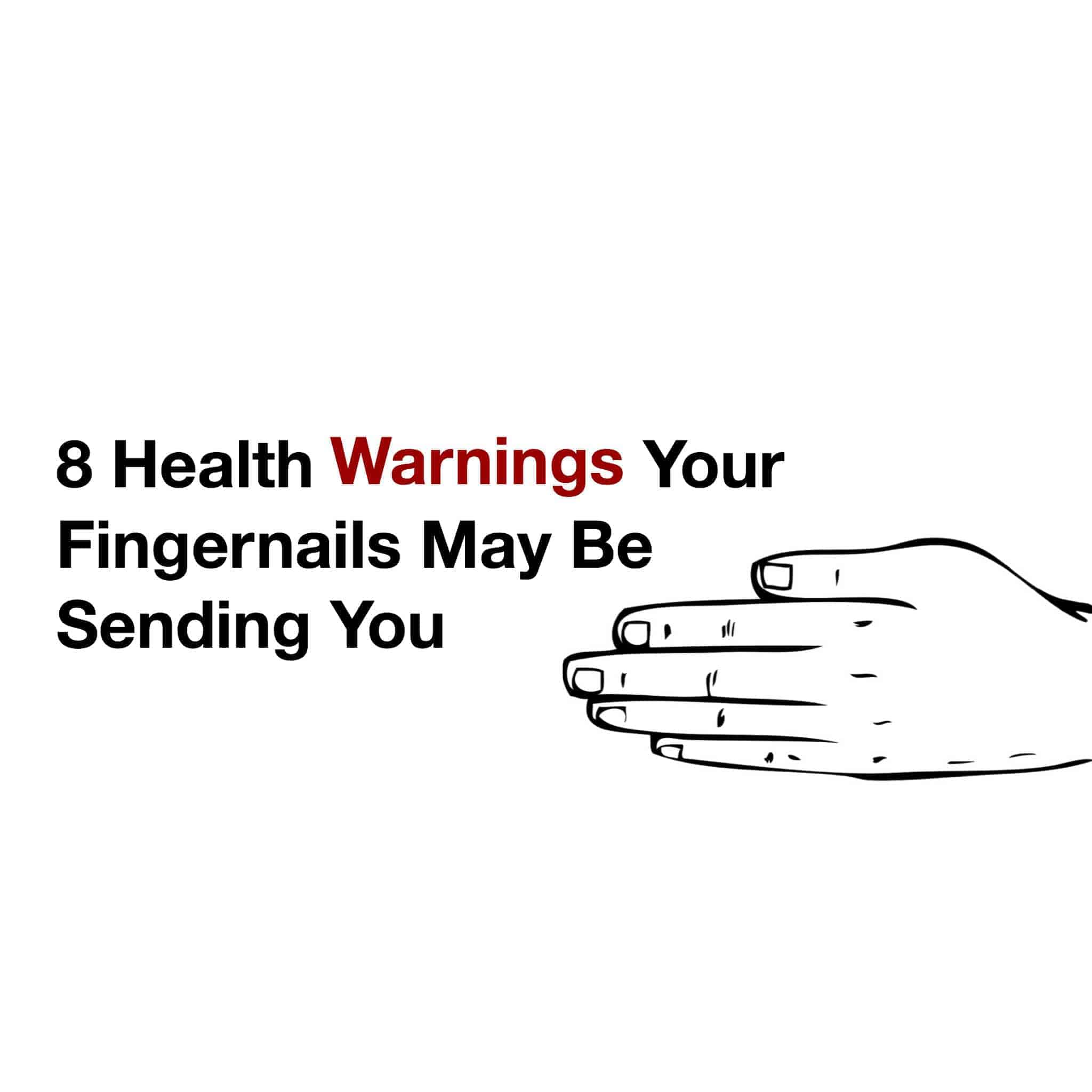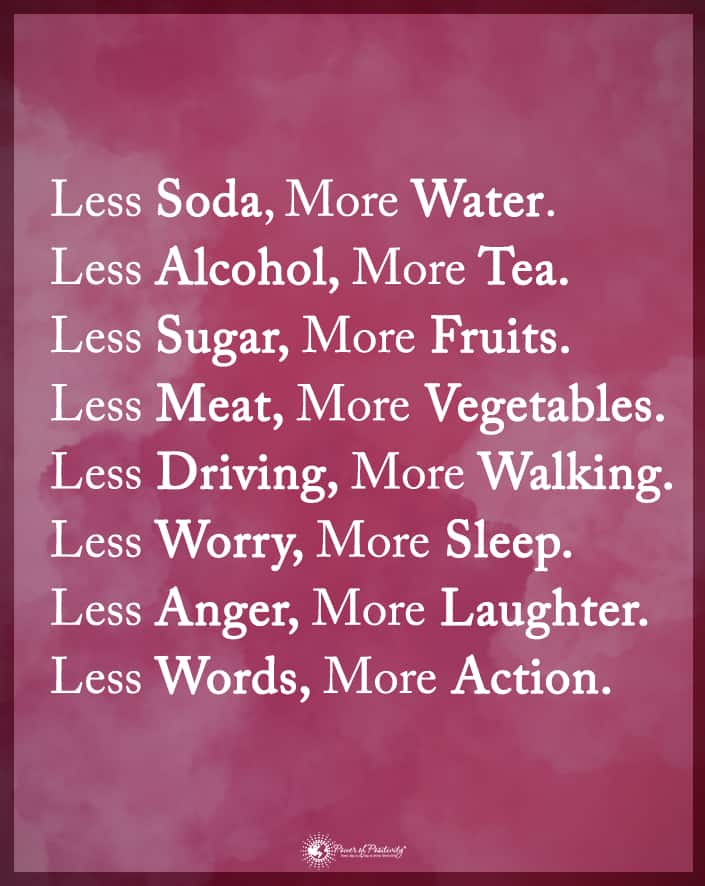We usually take our fingernails for granted unless it’s time to clean them or groom them. While you’re ignoring them, your nails are sending you a message about your health and well-being. If you’ve not given them much thought before, it might be time to pay attention to these 8 health warnings that your fingernails are trying to send you.
Nail Function
Ever get a splinter under your nail? Do you wonder how something so small can hurt so much? The amount of pain that you feel is due to all of those sensitive nerve endings beneath the surface. Our sense of touch provides valuable information to us about our environment.
Our fingernails are like armor for the nerve endings of the finger. As a hard, protective coating for your fingertip, they provide shelter for the nerves and blood vessels.
In addition to protection, they also enhance our sense of touch.
As you press down to touch something, the nail acts as a surface to push against.
Parts of the Nail
Our fingernails have several working parts. These are the nail root, nail bed, nail plate, and cuticle. These structures each have their own part to play in the growth of healthy fingernails.
The nail root is the white half-moon of your fingernail. The root generates the growth of the hard fingernail. The nail bed contains the nerves and blood vessels. The hard fingernail plate is made of keratin. The cuticle makes a waterproof barrier between the fingernail plate and the skin of the finger.
Why Our Nails Reflect Health
Since they take time to grow, just like our hair, our fingernails can reflect health problems that happen over time. Dermatologist Christine Poblete-Lopez, MD., says ‘Your nails are a very good reflection of your health. Many things can occur in the nails that can signify systemic or skin problems.’
8 Health Warnings Your Fingernails May Be Sending You
1. Ridges down the nail
Ridges are easily fixed cosmetically by filing. But ridges growing down the length of your fingernail could be a health warning. Ridges can develop in our fingernails naturally as we age but they can also be due to poor nutrition, thyroid disease, or even kidney failure.
2. Ridges across the nail
Ridges horizontally across the fingernail can occur at the time of an illness to the rest of the body. The line will continue to grow toward the tip over time but it formed at the time of the illness. Chemotherapy, injury, and Reynaud’s disease can also cause horizontal lines to appear on the fingernail.
3. Brittle
Fingernails that break easily can be strengthened by taking B7 supplements (Biotin). Nail fungus, and low thyroid, or nail psoriasis could also be the cause of brittle nails.
4. Yellow nails
Nails can become discolored due to prolonged use of nail polish, so if you regularly use nail lacquer, it may not be a concern. However, yellow nails can have a much more serious cause. Yellowing of the nails can be a warning sign of lymphodema, tuberculosis, or liver disease.
5. Other discoloration
Yellowing is most common, but nails can turn other colors as well. Dark stripes on your fingernail are concerning as they could indicate a form of skin cancer. White lines on the fingernail might be a warning sign of liver disease or malnutrition.
White nails (as opposed to pink past the nail root) are due to low blood flow to the nail bed. Thus, white nails can warn of liver or kidney disease, heart failure, diabetes, anemia, overactive thyroid or malnutrition.
Dark streaks under the nail that usually run vertically are usually no major health concern. They are most commonly the result of broken blood vessels and a result of injury, not illness.
6. Dents or Pitting
Dents can appear as small pits across the surface of the fingernail or a single indentation in the fingernail plate. Although a dent in your fingernail can be a result of an injury to your finger, it could also be a warning of reactive arthritis. Other health-related causes of dents in the fingernails include psoriasis, eczema, or alopecia areata (hair loss).
7. Indented Fingernails
Fingernails that become recessed into the nail bed are sometimes called spoon-shaped because in some cases they could actually hold a drop of liquid.
Spoon nails can be a warning sign of thyroid disease or iron deficiency.
8. Fingernail Separation
When the fingernail plate separates from the nail bed. If you didn’t simply smash your finger in something, this splitting can be due to many different health problems. Thyroid disease, poor circulation, and lupus are possible medical disorders associated with separation.
Most commonly, this separation is from nail fungus. Separation due to nail fungus is usually found on the outer edges of the nail back toward the cuticle. A dermatologist can help you with a remedy for nail fungus.
You can use the appearance of your fingernails as an early self-diagnosis tool. If you are experiencing these fingernail symptoms and have a concern, consult with your health care professional to see if you have any underlying health problems.












